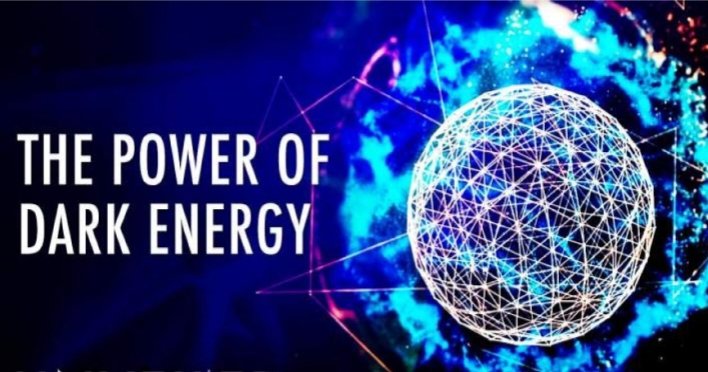
Dark Matter and Dark Energy: Unveiling the Universe
Introduction
Dark Matter and Dark Energy: Unveiling the Universe. The universe, vast and enigmatic, has long fascinated scientists and astronomers. Among its many mysteries, two of the most intriguing are dark matter and dark energy. These unseen forces and substances make up about 95% of the universe, yet remain largely unknown. This article delves into the origins, properties, and implications of dark matter and dark energy, aiming to shed light on these cosmic phenomena.
The Cosmic Composition
To understand dark matter and dark energy, it’s crucial to grasp the overall composition of the universe. According to current models, the universe consists of:
- Dark Energy: 68%
- Dark Matter: 27%
- Ordinary Matter: 5%
This distribution is derived from observations of the cosmic microwave background (CMB), galaxy rotation curves, and the large-scale structure of the universe.
Table 1: Composition of the Universe
| Component | Percentage of the Universe |
|---|---|
| Dark Energy | 68% |
| Dark Matter | 27% |
| Ordinary Matter | 5% |
Dark Matter: The Invisible Mass
Discovery and Evidence
The concept of dark matter emerged in the 1930s when Swiss astronomer Fritz Zwicky observed that the mass of all the stars in the Coma galaxy cluster was insufficient to prevent the galaxies from escaping the cluster’s gravitational pull. He proposed the presence of unseen “dark matter” that added the necessary gravitational force.
Further evidence came from the study of galaxy rotation curves in the 1970s. Vera Rubin and Kent Ford found that stars in the outer regions of galaxies were rotating as fast as those near the center, contradicting Newtonian predictions. This suggested the presence of an invisible mass extending beyond the visible galaxy.
Properties and Candidates
Dark matter does not emit, absorb, or reflect light, making it invisible and detectable only via its gravitational effects. Several candidates have been proposed, including:
- Weakly Interacting Massive Particles (WIMPs): Hypothetical particles that interact through the weak nuclear force and gravity.
- Axions: Lightweight particles that could also explain certain particle physics anomalies.
- Sterile Neutrinos: A heavier form of neutrinos that interact only via gravity.
Table 2: Dark Matter Candidates
| Candidate | Description |
|---|---|
| Weakly Interacting Massive Particles (WIMPs) | Hypothetical particles that interact through weak nuclear force and gravity |
| Axions | Lightweight particles posited to resolve particle physics anomalies |
| Sterile Neutrinos | Heavier neutrinos interacting only via gravity |
Detection Efforts
Despite its elusive nature, numerous experiments aim to detect dark matter particles. These include:
- Direct Detection: Searching for dark matter interactions with ordinary matter in underground laboratories.
- Indirect Detection: Looking for signals produced by dark matter annihilations or decays.
- Collider Experiments: Attempting to produce dark matter particles in high-energy collisions, such as those at the Large Hadron Collider (LHC).
Dark Energy: The Mysterious Force
Discovery and Evidence
The existence of dark energy was confirmed in the late 1990s through observations of distant Type Ia supernovae. These studies revealed that the universe’s expansion is accelerating, contrary to the expectations that gravity would slow it down over time. This acceleration implies the presence of a repulsive force, now known as dark energy.
Theoretical Models
Dark energy is hypothesized to have several possible explanations:
- Cosmological Constant (Λ): Introduced by Albert Einstein, it represents a constant energy density filling space homogeneously.
- Quintessence: A dynamic field that changes over time and space, providing a varying form of dark energy.
- Modified Gravity Theories: Propose changes to the laws of gravity to account for cosmic acceleration without invoking dark energy.
Table 3: Dark Energy Models
| Model | Description |
|---|---|
| Cosmological Constant (Λ) | Constant energy density filling space homogeneously |
| Quintessence | Dynamic field varying over time and space |
| Modified Gravity Theories | Changes to the laws of gravity to explain cosmic acceleration |
Implications and Future Research
Understanding dark energy is crucial for cosmology as it impacts the fate of the universe. Possible scenarios include:
- Big Freeze: Continued acceleration leading to a cold, dilute universe.
- Big Rip: Increasing expansion rate tearing apart galaxies, stars, and atoms.
- Static Universe: Dark energy density changing, halting expansion and stabilizing the universe.
Future missions like the Euclid satellite and the James Webb Space Telescope aim to provide deeper insights into dark energy through detailed observations of distant galaxies and cosmic structures.
Interplay Between Dark Matter and Dark Energy
Dark matter and dark energy, while distinct, interact in shaping the universe’s evolution. Dark matter forms the scaffolding for galaxies and clusters, while dark energy drives the accelerated expansion. Their combined effects influence the large-scale structure and fate of the cosmos.
Conclusion
Dark matter and dark energy remain among the greatest mysteries of modern science. Ongoing research aims to unravel their nature and origins, promising to deepen our understanding of the universe. As new technologies and observations emerge, we may finally unveil the secrets of these invisible forces, reshaping our view of the cosmos.
This article offers a detailed exploration of dark matter and dark energy, including their discovery, properties, detection efforts, theoretical models, and implications for the universe.

